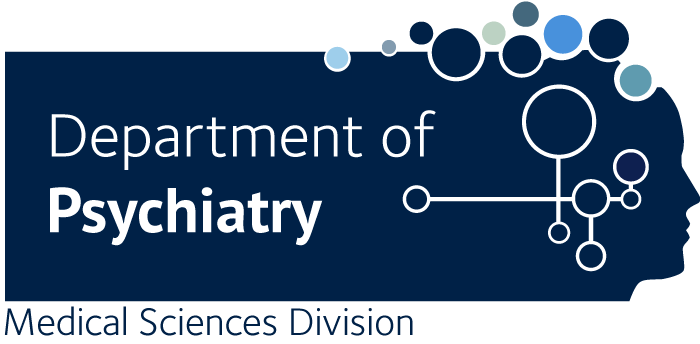Using scores from the 4AT delirium detection tool as an indicator of possible dementia: a study of 75 221 older adult hospital admissions.
Penfold RS., Bowman E., Vardy ERLC., Sampson EL., Anand A., Guthrie B., MacLullich AMJ.
INTRODUCTION: Overall dementia diagnosis rates are substantially below true rates. Hospital admissions of older people involve cognitive and functional assessments relevant to dementia diagnosis. These assessments could be harnessed to contribute to identifying patients for further assessment. Yet relationships of inpatient cognitive tests with known dementia are unclear. The 4AT (www.the4AT.com) assesses for delirium (Scores 4-12) and also cognitive impairment via embedded cognitive tests (Scores 1-3). We investigated relationships between 4AT scores and clinical dementia diagnoses. METHODS: We included participants aged ≥65 years admitted as a medical emergency to three hospitals from 4 January 2016 to 4 January 2020, who had the 4AT performed on admission. Clinical dementia diagnosis was ascertained from linked primary care, hospital discharge and community prescribing data. RESULTS: Of 75 221 admissions, 62 188 (82.7%; 33 625 unique patients; mean age 80.2 years; 55.8% female) had a 4AT on admission. Of these, 9948 (16.0%) had a recorded clinical dementia diagnosis at the time of admission, with a further 1197 (1.9%) receiving a new diagnosis at discharge. Of admissions with dementia, 9669/11 145 (86.8%) had a 4AT score ≥1 on admission, compared to 14 994/51 043 (29.4%) without dementia.4AT ≥1 had a sensitivity of 0.87 (95% CI 0.86-0.87) and a specificity of 0.71 (0.70-0.71) in relation to clinical dementia diagnosis. 4AT ≥4 showed sensitivity of 0.50 (0.50-0.51) and a specificity of 0.88 (0.88-0.88). CONCLUSIONS: 4AT scores were associated with clinically diagnosed dementia. These results suggest that routinely collected 4AT scores could be leveraged in conjunction with other clinical indicators to identify patients with possible undiagnosed dementia who could undergo further inpatient diagnostic assessment and/or post-discharge specialist follow-up.

